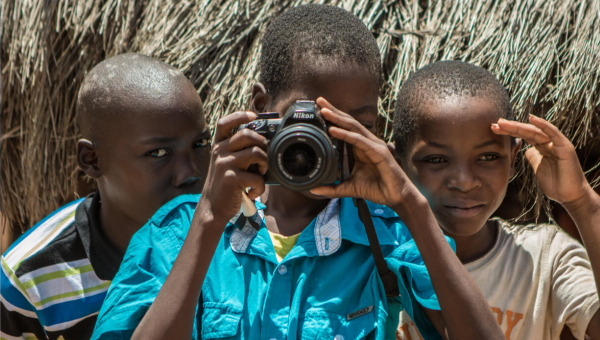JCU Students Meet Dance-Theatre Group “La Mia Misura”
When the session was over, all the burdens and thoughts that I had brought in were lifted from me and suddenly I felt light as I have never felt before. I’m sure I’ll remember it as one of the most exciting and overwhelming experiences of my life. (Cesare Trucillo)
This was the comment of one of the students from Prof. Rosa Filardi’s “Community Inclusion Through Art and Movement” course after the class’s encounter with the Integrated Dance Theatre group La Mia Misura on March 22, 2019.
The course was designed to offer students who intend to pursue a career in the social-humanitarian field, theoretical and practical tools for the use of art, in particular dance and movement to facilitate the social inclusion of disadvantaged groups. Prof. Filardi is a lecturer in Italian and Theatre, and a certified Dance Movement Therapist (APID).
La Mia Misura, with which Professor Filardi has been collaborating since 2014, was founded by Roberta Bassani and Vittoria La Costa in 2011 as a project for social inclusion through art and dance. Of the 30 members, 17 have a disability. The company produces performances, sponsors and participates in workshops and events, and organizes exchange programs with similar artistic groups in Italy and Europe.
Students were initially a bit anxious because they didn’t know what to expect, but they soon felt completely at home.
For 3 hours I entered into a bubble of positive energy, and it was one of the most beautiful and revealing days of my life, since I was overwhelmed by dance, movements, and thoughts. (Cesare Trucillo)
I was surprised to see that when we started doing the warm up, even the people with the greatest disadvantages were able to express themselves dramatically through their movements. (Juan Martin Garcia Pineiro)
Students felt the impact of a completely new situation, where everyone put their abilities into play without fear of being judged. The sense of being accepted for what you are, through a relationship, an extraordinary form of communication, where the body speaks more than words, enabled students to understand how much people with disabilities can change their perspectives, their ways of seeing things, and their relationship with others.
There were no judgments or divisions between people, just genuine smiles and laughter. (Juan Garcia Garcia Pineiro)
We danced, caressed each other, worked as a team, and in general did a lot of interaction with one another. (Mariah Bruy)
The power of non-verbal communication made up of glances, encounters, and touching, taught students awareness of their bodies, respect for others, and equality respecting each person’s differences.
Professor Filardi organized a similar workshop on April 3 for the Service Learning team called Using Body and Space in Helping Relationships.
“During these encounters,” says Prof. Filardi, “I am no longer a professor, and the participants are not students or JCU staff, but we are all part of a unique, powerful group that understands and support us, without judgment or criticism. In our diversity, we rediscover our common roots as human and social beings.”






